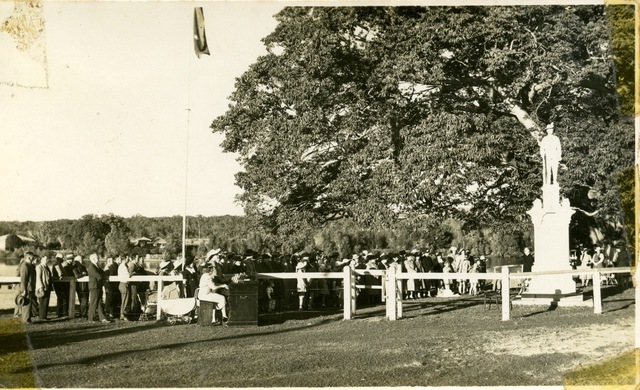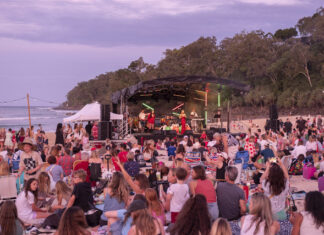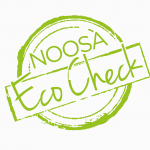
Eighty years ago on August 15 the war in the Pacific came to an official end, followed on September 2 with the Japanese surrender ceremony on board the USS Missouri in Tokyo Bay. Jane Harding reports on how the news of the end of the war swept a wave of rejoicing swept across Noosa and Jim Fagan talks to Tewantin RSL sub branch committee member Robin Stopford about her father’s eyewitness account of the scene in Tokyo Bay.
How Noosa cheered VP DAY
By Jane Harding
At 9am on Wednesday August 15, 1945, the anxiously awaited news of the Japanese surrender was finally announced. The war in the Pacific was over. A wave of rejoicing swept across Noosa and the hinterland.
Church bells pealed, enthusiastic crowds cheered, and residents grabbed anything at hand to make a noise. In Pomona, the school children beat kerosene tins. Public holidays were declared by Federal and State governments and local communities hastened to plan celebrations.
Thanksgiving services were widespread; many held in churches. In Tewantin, adults, children, toddlers clutching flags, and babies in prams gathered by the river at Soldiers’ Memorial Park. Even the piano was brought along so Methodist Church pianist Esme Tait could provide musical accompaniment for the singing.
In Pomona, the locals gathered in the Memorial Park for a program of events hastily compiled at a meeting in the Shire Hall. It commenced with an address of thanks to all who served abroad and those who provided support at home. It also expressed sympathy to all those bereaved or effected by the events of the preceding six years.
An afternoon of games and sports followed and was rounded out by an evening of community singing and dancing on the lawn under flood lights until midnight.
The next morning, a procession of servicemen, patriotic and war workers, school children, and citizens moved from the Shire Hall by way of the subway to the Park. Along the way, cheers were exchanged with a passing home-bound troop train.
The rest of the day was taken up with more games and displays. Refreshments were provided by the ladies. In the evening, a packed crowd enjoyed singing, musical numbers and a quiz competition at the Majestic Hall, followed by dancing.
In Cooran, the ‘young folk’ held a free dance in the Memorial Hall on the evening of the announcement. On Thursday morning, a large number gathered for a Thanksgiving Service in the Hall. On Saturday, a procession of returned service people, decorated cars, citizens and children, led by the Gympie Pipe Band, marched from the Premier Hotel to Alfredson’s Joinery and back to the Sports Grounds.
In the afternoon, sports were held and the children enjoyed lollies, ice-cream and soft drinks from the lunch baskets distributed by members of the Country Women’s Association and Citizens Force. A night of dancing and community singing rounded out the celebrations.
In Cooroy, a week after the declaration, the Christian Endeavour Society held a social evening for young people at the Methodist Hall that started with the singing of patriotic songs, followed by musical games and competitions, and concluded with a rendition of Auld Lang Syne.
Along with these spirited social gatherings there was individual reflection on what Victory in the Pacific meant.
When asked what she was most looking forward to about peace, Mrs L Boxsell of Cooroy answered, “I just want a peaceful afternoon with all the family on the veranda at home at once.”
Cooroy resident Pam Maryatt, who was 12 years old and staying at Laguna House on Hastings Street for the school holidays when peace was announced, recalls, “I didn’t believe it at first. But Mum was ecstatic because Dad was still overseas at the time” [and would now be able to come home].
No doubt similar simple yet poignant sentiments were echoing across the shire, possibly more loudly than all the kerosene tin drums, cheering, and singing combined.
(Jane Harding is a freelance professional historian. Contact details:jane@dottingthepast.com.au)






